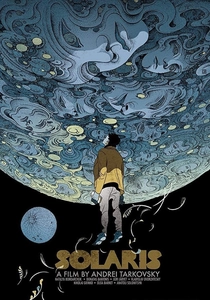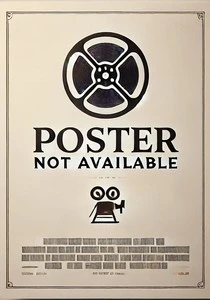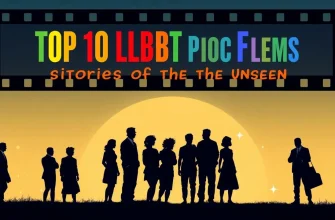Soviet cinema has a rich tradition of exploring themes of science, technology, and the human spirit. This curated list of 10 films showcases the USSR's cinematic efforts to portray scientific achievements, ethical dilemmas, and the quest for knowledge. These films not only provide a glimpse into the Soviet era's fascination with science but also offer timeless stories that resonate with audiences interested in the intersection of science and society.

Solaris (1972)
Description: This film, directed by Andrei Tarkovsky, explores the psychological effects of space exploration on a scientist sent to investigate a mysterious planet. It delves into themes of memory, consciousness, and the human psyche, making it a profound entry in the science fiction genre.
Fact: Solaris was adapted from Stanislaw Lem's novel and is often considered one of the greatest science fiction films ever made. It was remade in Hollywood in
 Watch Now
Watch Now

The Amphibian Man (1962)
Description: Based on the novel by Alexander Belyaev, this film tells the story of a young man with gills, exploring themes of genetic engineering and the ethics of scientific experimentation.
Fact: The film's underwater scenes were shot in the Black Sea, and it was one of the first Soviet films to use extensive underwater cinematography.
 30 Days Free
30 Days Free

The Irony of Fate, or Enjoy Your Bath! (1975)
Description: While not strictly a science film, it includes a subplot involving a scientist's work, reflecting on the mundane aspects of Soviet life and the impact of scientific careers on personal lives.
Fact: This film has become a New Year's tradition in Russia, watched annually by millions.
 30 Days Free
30 Days Free

The Letter That Was Never Sent (1959)
Description: This film follows a group of geologists in search of diamonds in Siberia, highlighting the harsh conditions and the human spirit's resilience. It's a testament to the Soviet fascination with exploration and the natural sciences.
Fact: The film was shot in real-life harsh conditions, with the actors enduring extreme cold to capture the authenticity of the environment.
 30 Days Free
30 Days Free

The Sky Beckons (1959)
Description: This film captures the early days of Soviet space exploration, focusing on the lives of cosmonauts and the challenges they face, both in space and on Earth.
Fact: The film was made during the height of the Space Race, reflecting the national pride in Soviet space achievements.
 30 Days Free
30 Days Free

The Flight (1970)
Description: A story about a Soviet scientist who invents a time machine, exploring the consequences of time travel and the moral implications of altering history.
Fact: The film was one of the first Soviet films to explore the concept of time travel in depth.
 30 Days Free
30 Days Free

The Mystery of the Third Planet (1981)
Description: An animated film that follows a space expedition to explore a mysterious planet, showcasing Soviet animation's ability to blend science fiction with adventure.
Fact: This film is considered a classic of Soviet animation, influencing many subsequent works in the genre.
 30 Days Free
30 Days Free

The Hyperboloid of Engineer Garin (1973)
Description: Based on a novel by Alexei Tolstoy, this film explores the misuse of scientific inventions for personal gain, highlighting ethical issues in science.
Fact: The film's plot inspired several adaptations and interpretations in different media.
 30 Days Free
30 Days Free

The Inhabitant (1976)
Description: This film delves into the life of a scientist who discovers a way to communicate with animals, raising questions about the boundaries between species and the ethics of scientific research.
Fact: It was one of the first Soviet films to address animal rights and the ethics of animal experimentation.
 30 Days Free
30 Days Free

The Star (1949)
Description: Although primarily a war film, it includes a subplot involving a scientist's work on a new weapon, reflecting the intersection of science and military strategy during WWII.
Fact: The film was one of the first Soviet films to be shown in the West, gaining international recognition.
 30 Days Free
30 Days Free









